Rafael Nadal ends an era in which he unleashed one of sport’s greatest weapons
Nadal’s forehand left many opponents watching on in staggered disbelief.
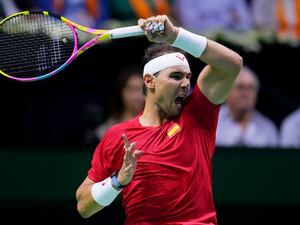
No matter how many times Rafael Nadal sent a full-power forehand flying down the line and into the corner, it always seemed that he achieved something impossible.
The left arm drew back, bicep rippling, before throwing the racket violently forward and up in a lasso motion around the head.
The opponent, who had previously felt in charge of the point, watched in staggered disbelief as the ball improbably flew past him and landed in the court.
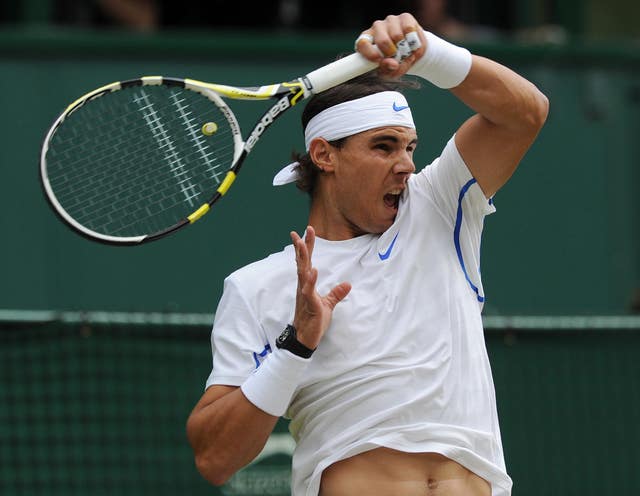
While Novak Djokovic has surpassed Nadal in terms of numbers, the trophy room at the academy that bears his name is testament to his extraordinary career.
Pride of place, of course, are the 14 French Open trophies. So utterly dominant was Nadal at Roland Garros that it was easy to become a little blase about what is one of the most remarkable records in all of sport.
From winning his first title as a long-haired teenager in sleeveless top and knee-length shorts, Nadal lost just three matches across the next 17 years.
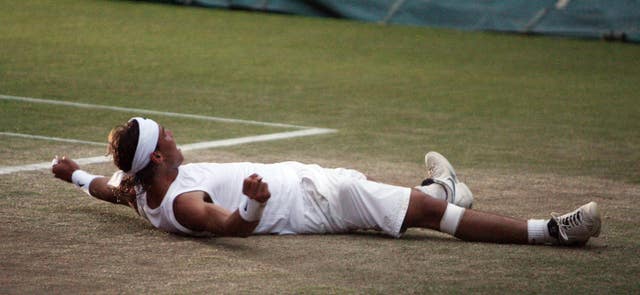
Not since Bjorn Borg had a man won the French Open and Wimbledon back-to-back but, after successive final losses to Roger Federer at SW19, Nadal achieved the feat in 2008 in arguably the greatest match of them all.
The mental fortitude that the Spaniard showed in putting behind him losing a two-set lead and two match points to win 9-7 in the fifth set in the London gloaming encapsulated Nadal in all his greatness.
Has any athlete ever managed to live up to Rudyard Kipling’s words of meeting with triumph and disaster and treating those two imposters just the same, which are inscribed above the entrance to Centre Court, quite so well?
Nadal never seemed to dwell on a winning point or a losing point, playing each ball on its merits and each match with the same ferocious intensity.
But Nadal the warrior was a construct, completely different to the rather nervous man who likes nothing better than spending quiet days with his family and friends back home in Manacor, Majorca.
His pre-match rituals, the neuroses evident in the way he arranged his water bottles and picked at his shorts and his face before each point, were a way to transform Nadal the person into Nadal the player.
It was no surprise he chose a sporting career given his background. His uncle, Miguel Angel, was a renowned footballer with Barcelona and Spain but it was another uncle, Toni, who was to shape his future.
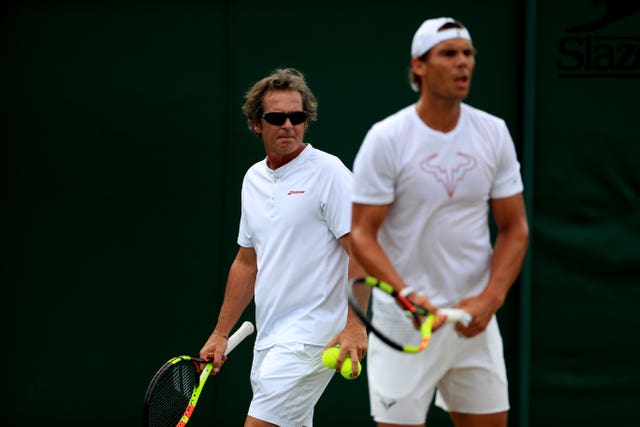
Discipline was a cornerstone of the Nadal family and the Spaniard famously never threw or broke a racket in anger during his career having had it drummed into him by Toni that he needed to value what he had.
The dynamic remained the same even when Nadal became the number one player in the world and was achieving feats never before seen.
A chat with Toni about Nadal’s latest record would always draw the same answer – ‘My nephew is not special. If he can do it, others can too’.
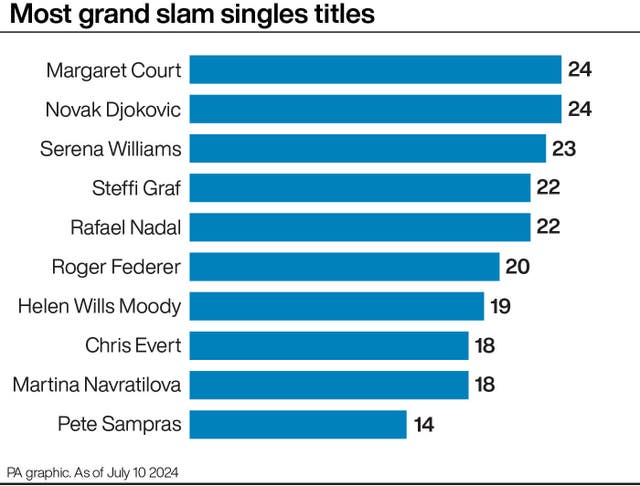
Former world number one Carlos Moya – previously Majorca’s most famous tennis star – joined the team in 2016 and the following February Toni announced he would no longer coach his nephew and would instead concentrate on running Nadal’s academy in the family’s home town.
At the time it seemed Nadal’s best years were behind him. His ongoing battles with his own body had finally had an impact on his belief and he had not won a grand-slam title since the 2014 French Open.
But Moya proved the right man at the right time, encouraging Nadal to step into the court and trust himself as an offensive force, and helping him restore his confidence.

By winning the French Open in 2020, Nadal equalled his great rival Federer on 20 slam titles, before both were joined by Djokovic.
As Nadal began to struggle, not with his previously troublesome knees but with a chronic foot problem that he had been able to manage throughout his career, it seemed the end was nigh late in 2021.
He turned up at the Australian Open in January 2022 not knowing how he would hold up physically and went on to pull off his most remarkable triumph, lifting the trophy in Melbourne for the first time in 13 years.
Another French Open followed despite Nadal’s foot causing him so much pain he left Paris on crutches. He also won Wimbledon twice – he is one of only four men to win all the slam titles at least two times – as well as Olympic gold medals in singles and doubles and five Davis Cup triumphs with Spain.
That his career extended into his late 30s is one of Nadal’s most significant achievements given his numerous injuries and the strain put on his body by the gruelling nature of his game.
It could not go on for ever, of course, and there is no doubt Nadal’s retirement leaves a gaping hole both in the sport and in the lives of his millions of fans around the world.
For those players who no longer have to worry about his forehand, though, there may be a little sigh of relief.





